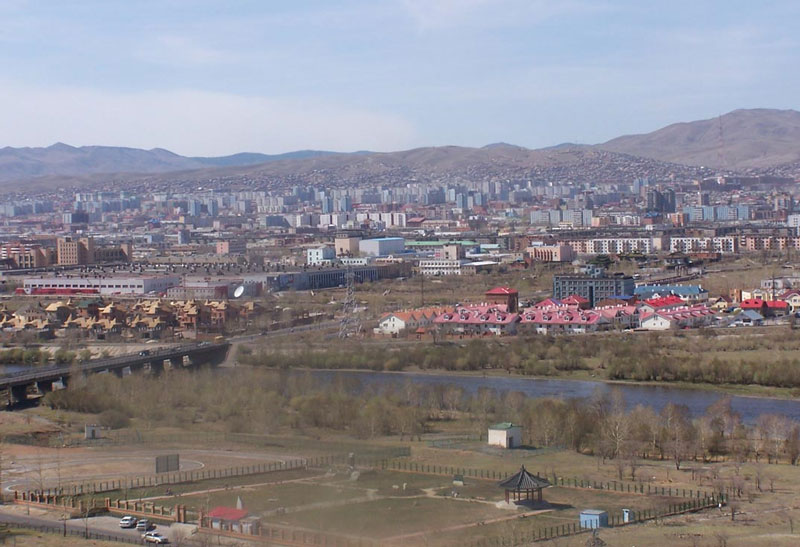Cool winter ice by winter
In late November, Mongolia will implement one of the world's largest ice-making facilities to reduce the need for energy use in the summer.
The Ulan Bator-funded trial will retain the giant ice mass in the winter to cool and supply the city with water as it melts gradually in the summer.
Scientists from the £ 460,000 project hope this block will help reduce the need for electricity to run air conditioning and operate a water supply and irrigation system. If successful, the model will apply to other cities located in the Northern Hemisphere.

Ulan Bator City of Mongolia.
Engineers will create ultra-thin ice sheets - like natural ice sheets in remote areas of the north when water from rivers or streams flows through cracks in the surface. ice sheets in the daytime, then add a layer of ice on that surface at night. Different from the ice formation on the lake surface - only about 1 meter thick, ice sheets formed in the northern regions can be up to 7m thick, meaning that their melting time is longer than usual.
ECOS & EMI of Mongolia will re-create this process by drilling many holes on the ice surface as soon as the ice forms on the Tuul River. Water will overflow on the surface and then freeze again. This process will create layers of overlapping ice during the winter.
The quality of such ice blocks has been known for hundreds of years. The North Korean military used it to create river-crossing roads for tanks in the winter, and Russia used it as a base for the rig.
Mongolian engineers believe that the Ulan Bator project will be used in cities in the northern hemisphere around the world, where hot summers and winter temperatures range from -5C to -20C.
- Warm tile roof in winter, cool in summer
- Things to change when exercising in autumn and winter
- Why about summer there are more stars than winter
- Why is warm well water in winter, cool in summer?
- How to cool your body in a hot day without air conditioning
- 12 ways to make your home cooler in hot days
- Benefits when you take a cool bath for 7 consecutive days
- Hanoi winter moments
- Winter this year comes early, colder than the last 5 years
- The disease is common in the winter
- Please admire the poetic beauty of Hanoi winter
- Why should the fan turn off when it is too hot?
 Vietnam 5th Asian champion on fuel-efficient vehicles
Vietnam 5th Asian champion on fuel-efficient vehicles We can read all NASA studies completely free of charge
We can read all NASA studies completely free of charge Singer and songwriter Bob Dylan won the 2016 Nobel Prize for Literature
Singer and songwriter Bob Dylan won the 2016 Nobel Prize for Literature Scientific revolution in Asia
Scientific revolution in Asia